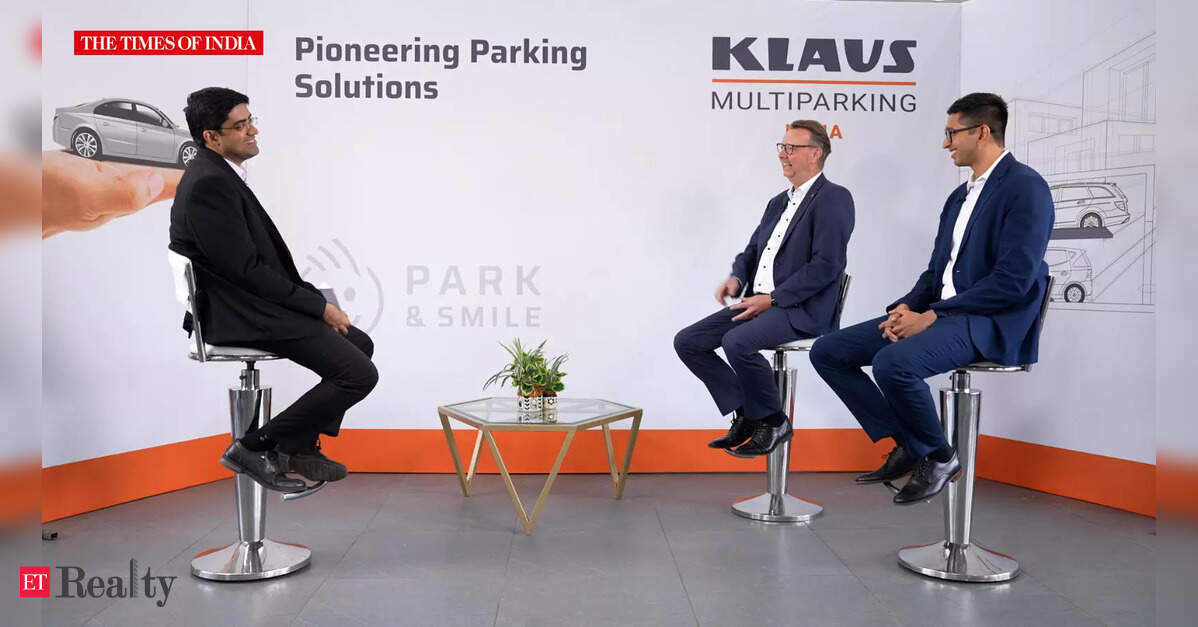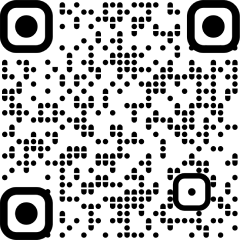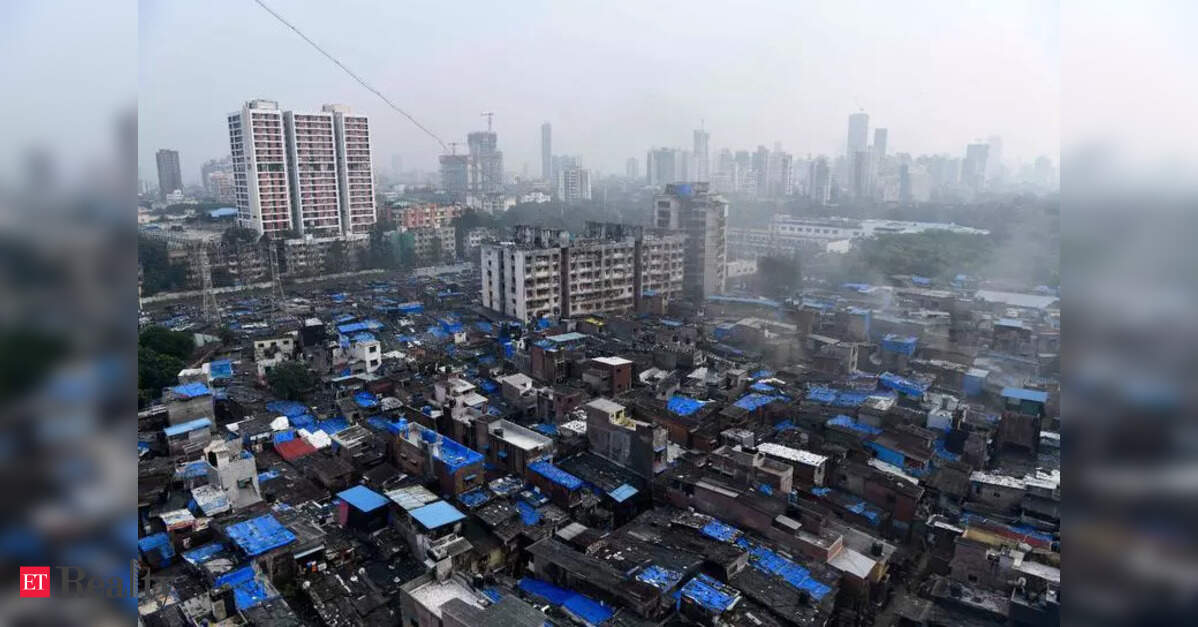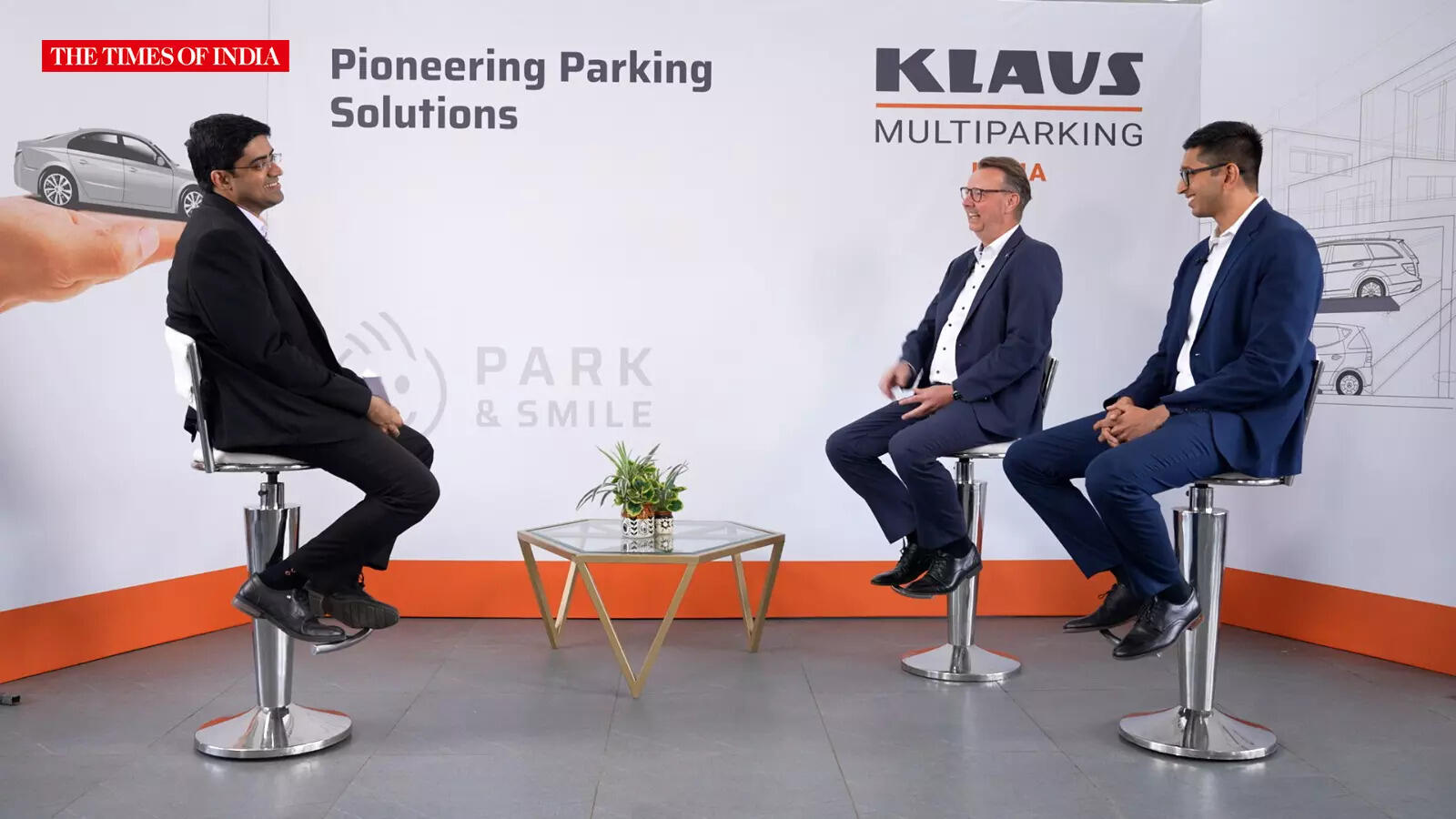
India’s rapid urbanisation has strained infrastructure, especially in cities like Mumbai, Delhi, and Bengaluru, among the world’s most congested urban centres. Studies show that up to 30% of traffic congestion is caused by vehicles searching for parking spots. To explore multi-parking solutions, KLAUS Multiparking, in association with The Times of India, hosted a panel discussion featuring Aditya Bhave, Director, KLAUS Multiparking India, and Michael Groneberg, Director, KLAUS Multiparking Germany. The duo discussed how such systems can tackle the growing parking crunch.
Addressing Urban Congestion
Aditya Bhave said, “With over 3 million new vehicles hitting Indian roads annually, traditional parking models are unsustainable. Multi-level and automated parking systems maximise capacity vertically, using less land while accommodating more vehicles. In dense cities with high land costs, they decongest roads and free up valuable real estate for public and green spaces. For urban India to adopt smarter mobility, these systems are no longer a luxury-they are a necessity.”
Design-Led Integration
Emphasising early integration, Aditya Bhave added, “The best parking solutions are not retrofits they’re built into projects from the start. Integrating multi-parking systems at the design stage ensures alignment with architectural plans, space constraints, and future scalability. Early consideration boosts space efficiency, FAR utilisation, and aesthetics. Crucially, it enhances project value-smart parking increases buyer, tenant, and investor appeal. KLAUS Multiparking has collaborated with top developers in over 2,000 projects across India over the last 20 years. Parking should be a core design component, not an afterthought.”
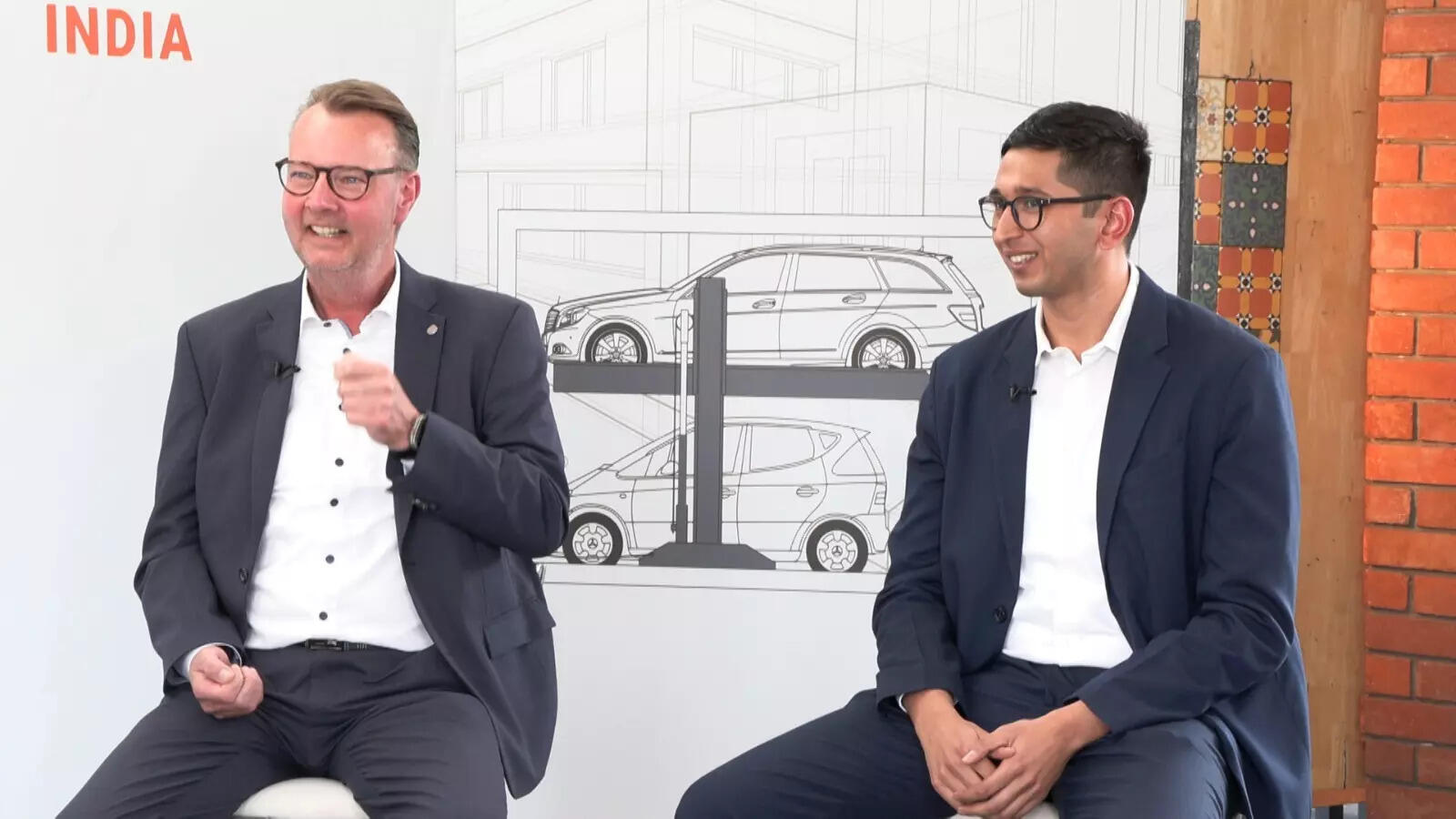
Technology-Driven Efficiency
The panel also spotlighted the role of technology. Michael Groneberg said, “In land-scarce cities, technology turns constraints into possibilities. Smart automation, sensors, and modular design enable parking even in tight footprints. KLAUS’s stack, puzzle, and fully automated parking systems use IoT-based guides and robotics to park and retrieve cars efficiently, eliminating human error and the need for large driveways.”
He added, “These systems work well in basements or narrow sites. Features like real-time monitoring and EV charging integration make them space-efficient, user-friendly, and future-ready. Technology enables cleaner, faster, and smarter urban parking where every square foot counts.”
Sustainable Parking for a Greener Tomorrow
Sustainability was another key theme. Aditya Bhave noted that smart systems can reduce emissions by up to 30% by cutting down idling and circling time. “Sustainability is not a feature, it’s a responsibility. KLAUS integrates EV charging points, energy-efficient lighting, and low-power operations, making these systems ideal for green-certified projects. Developers aiming for IGBC or LEED certifications see automated parking as a strategic asset.”
At an operational level, he shared that KLAUS’s manufacturing plant uses solar energy and lean production methods to reduce energy consumption and material waste by 20%. The company also designs durable systems with extended life cycles to enhance long-term sustainability.
Conclusion
As urban centres in India grapple with severe parking shortages driven by rapid population growth and rising vehicle ownership, traditional surface parking has become obsolete, especially in areas with limited land and escalating real estate costs. Multi-level and automated parking systems maximise vertical space, accommodating more vehicles in a smaller footprint while significantly reducing up to 30% of congestion caused by drivers searching for parking.
Experts agreed that with thoughtful design, advanced technology, and sustainability at its core, multi-level parking is far more than a space-saving solution—it is a strategic investment for building future-ready cities.
When integrated during the early design phase of residential and commercial developments, these systems enhance space efficiency, FAR utilisation, and site aesthetics, while also boosting property value. Technologies such as stack, puzzle, and fully automated parking systems leverage smart sensors for seamless, hands-free operation—even in tight or basement spaces. Features like real-time monitoring, electric vehicle charging, energy-efficient lighting, and solar power integration not only improve user experience but also align with green building standards. With reduced vehicle idling and minimal energy consumption, these systems also contribute to lower emissions and long-term environmental gains.
(Brand Connect Initiative)
